U.S. Generational Divide Solidifies on Views Toward Israel, Hamas
August 2025 polling data about American attitudes toward Israel and Hamas and about American political party partisanship toward Israel over the past decade.
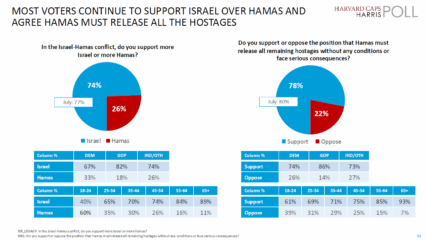
August 2025 polling data about American attitudes toward Israel and Hamas and about American political party partisanship toward Israel over the past decade.

December 11, 2024 Professor Meir Litvak, Tel Aviv University, for the Center for Israel Education In this extraordinary review, Professor Meir Litvak unfolds the ideological origins and development of the Iranian regime’s stark hatred of…
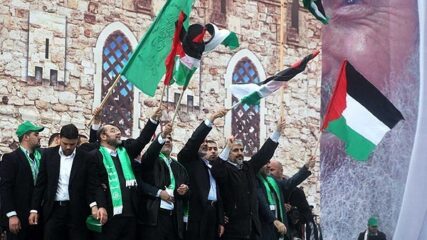
Asher Sussser, “The Rise of Hamas in Palestine and the Crisis of Secularism in the Arab World,” Brandeis, 2006 (79pp). (with permission) Read full article
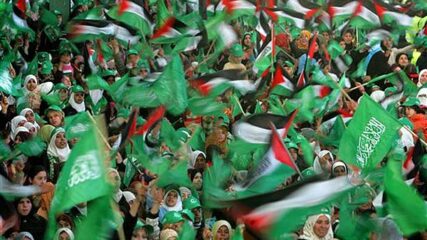
Ken Stein In the 1988 Hamas Charter and from remarks by it leaders and in other publications, they express hatred of Zionism, Israel and Jews. It is unmistakably clear that Hamas abhors Zionism, Israel and…

Read the terrorist organization’s own words about its mission to eliminate Israel and Jews everywhere, as well as analyses explaining how Hamas works.

Should the United States become centrally or peripherally involved in monitoring a cease-fire and the movement of a cease-fire into a new status-quo for Gaza, the contents of this MOU could constitute a workable outline for helping enforce calm in Gaza and on its borders.
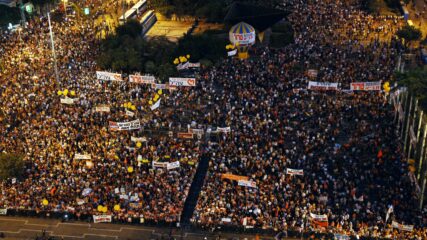
“The Quest for Arab-Israeli Peace: Israel’s Disengagement from the Gaza Strip: Precedents, Motivations and Outcomes” Zionism Fulfilled.- Israel’s preemptive physical disengagement from the Gaza Strip in August 2005 was the result of a national consensus;…
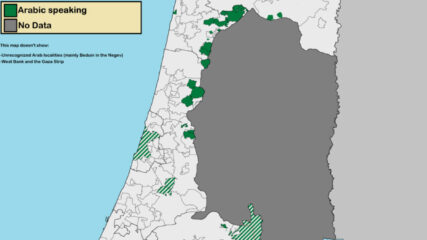
During the May 2021 Israeli-Palestinian clashes, Arab citizens of Israel clashed with Jewish Israelis. By comparison in October 2000, similar clashes were longer, more intense with similar underlying causation. Read the context with the findings of the Or Commission that investigated them.
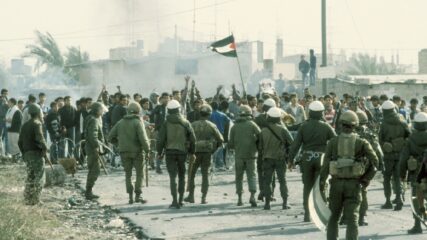
Comparing the 1936-39 Arab uprising in various parts of western Palestine and the intifada that began in 1987 in the West Bank, the Gaza Strip and East Jerusalem, the most striking conclusion is the large number of general similarities between these manifestations of Palestinian national consciousness. The two most significant differences, however, are that the 1987 intifada generated a deeper and more prolonged Palestinian national coherence across all classes than did its predecessor and clarified and crystallized Palestinian opinion, which helped create a historic compromise in Palestinian public policy.
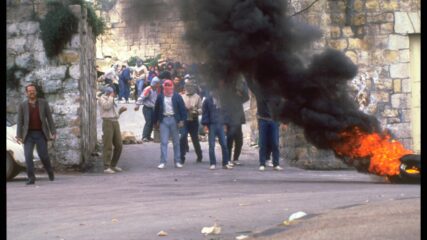
Both the intifada that started in December 1987 and the Arab revolt of 1936 to 1939 unexpectedly jolted the political status quo. But unlike its precursor, the intifada unified a physically dispersed and ideologically diverse Palestinian community.

In early 1988, for the second time within eight years, the Reagan Administration reacted to events in the Middle East by proposing that the stalled Arab-Israel negotiating process be reactivated, an effort known as the Shultz Initiative.
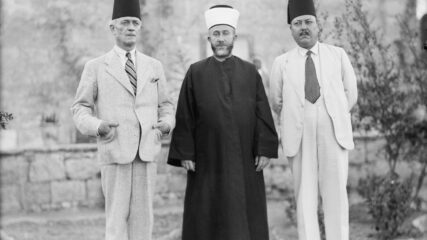
By Yehoshua Porath, 1973 Historian Yehoshua Porath wrote “Social Aspects of the Emergence of the Palestinian Arab National Movement” as a chapter for the book Society and Political Structure in the Arab World, Menachem Milson…